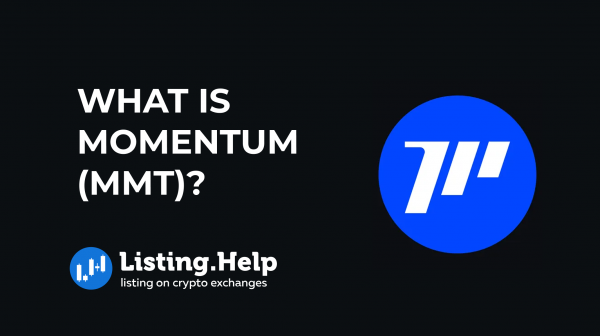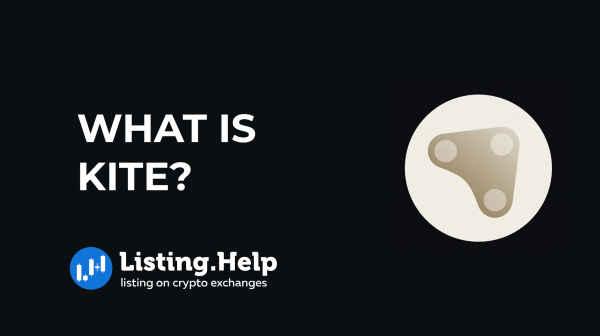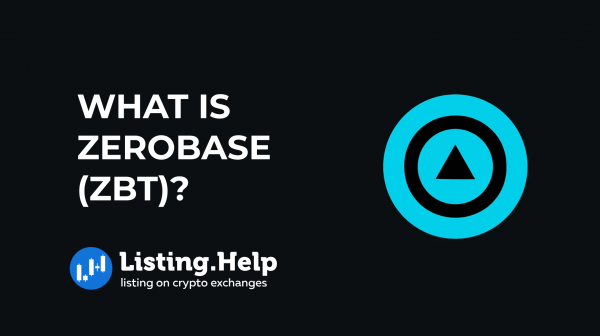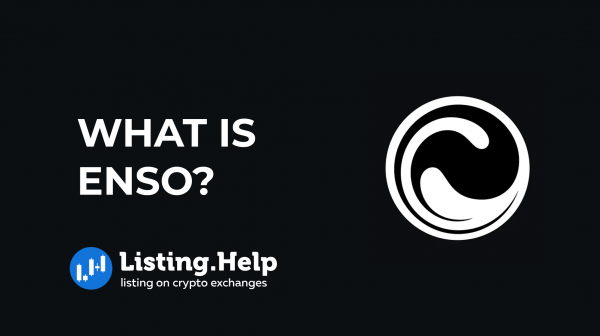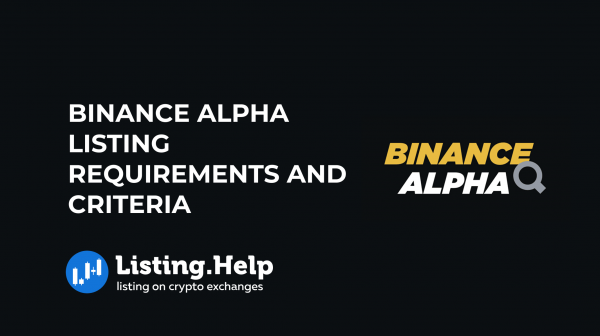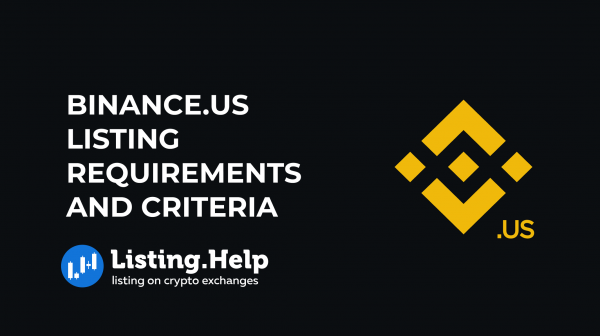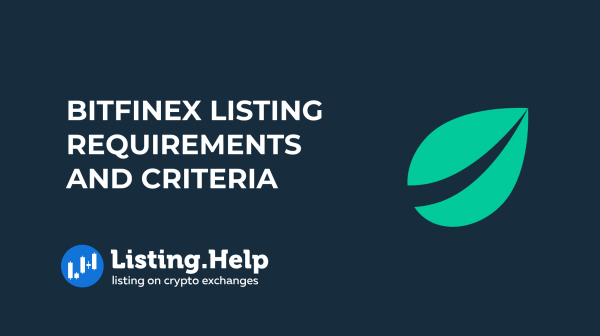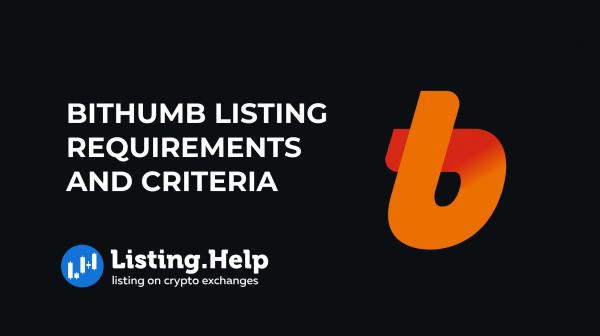What are veTokens? How does veTokenomics work?
 October 10, 2023
October 10, 2023 Updated: January 27 2025, 07:25
Updated: January 27 2025, 07:25
LEAVE A REQUEST
Launching your own token project? Our experts are ready to help with listing on exchanges, market making, marketing and other solutions
SUBMIT APPLICATIONWhat is Tokenomics?
Tokenomics is the study and practice that deals with everything about a token: how it’s made, given out, how much there is, when some get burned, and how it’s shared. It’s a big deal in figuring out the potential worth of decentralized finance (DeFi) projects. Just like the basic rule that when something is in high demand, its value goes up, tokenomics plays a massive role in determining the value of any nonfungible token (NFT) or cryptocurrency.
But here’s the catch: there are gaps in how tokenomics is set up. For instance, if too many tokens are initially given to people on the inside, it could signal a scheme to quickly boost and drop the token’s price. Plus, there’s no one-size-fits-all guide on the best way to divvy up tokens among founders, designers, investors, and the community.
Because of these challenges, some big names in DeFi, like Curve, MakerDAO, and Uniswap, might not get their initial token distribution quite right. It could mean those who put in the most effort don’t always get the fairest share, and sometimes it’s the other way around. Curve tried to fix these problems by introducing a new system called vote-escrowed tokenomics, or veTokenomics. In this piece, we’re breaking down veTokenomics: its ins, outs, good sides, and not-so-good sides.
What’s veTokenomics all about?
The idea behind veTokenomics is pretty straightforward. Users keep their tokens ‘frozen’ for a certain duration. Doing so promotes them sticking around for the long haul and also reduces the number of tokens available in the market. In exchange, users get veTokens. Now, these veTokens are unique: you can’t sell them or give them to someone else. If you’re thinking of having a say in how things run (that’s governance for you), you’ll need to commit your tokens for a specific time. Over time, this approach might naturally push the token price up.
Now, in some decentralized finance (DeFi) projects, you can already keep your tokens stashed to get a slice of the project’s earnings. But veToken stands out. Why? Because if you’ve got these frozen tokens, you get a say in controlling the rate of new cryptocurrency releases, which can boost the amount of money in a specific pool.
The rate at which cryptocurrencies are created and released is called emission. And whether a cryptocurrency keeps growing in number (inflationary) or shrinks (deflationary) has a say on this emission. The beauty of this? Big players (often called ‘whales’) can’t easily swing their weight around to play with token prices, making the system fairer for everyone.
Example of veTokenomics
Let’s take a peek at how Curve utilizes veTokenomics to get a clearer picture. In the landscape of Curve, similar to other DeFi projects, individuals providing liquidity, termed liquidity providers (LPs), receive LP tokens as a nod for their contribution to Curve’s liquidity pools. These tokens can be further deposited into Curve’s gauge, a mechanism for calculating each participant’s liquidity contribution. This action results in earning Curve DAO tokens (CRV). To spice up their stakes, LPs can choose to lock these CRV tokens.
Here’s a little extra for you on Curve’s gauge: veCRV holders alongside LPs get a piece of the fees Curve Finance accumulates. But there’s a play here. Individuals must commit their CRV governance tokens for a set duration (ranging from a week to four years), relinquishing their liquidity for that time to acquire veCRV. It subtly ensures participants are in for the project’s success over the long haul, not just fleeting gains.
The longer you lock your tokens, the higher the stake rewards. veCRV holders wield the power to steer which liquidity pools are recipients of token emissions and earn rewards for safeguarding liquidity via swaps on Curve. But here’s the twist: The duration for which veTokens are locked influences the clout one holds in the voting dynamics.
Imagine two friends, Bib and Bob. Both of them hold an equal amount of CRV. Bib decides to lock him away for two years, while Bob chooses just one year. As a result, Bib’s veCRV, his say in votes, and the rewards he gets are twice as much as Bob’s. This setup encourages folks to stick around for the long haul with decentralized projects (or DAOs) and ensures tokens are given out in a fair and equal manner.
User Perspective
When users lock up their tokens, they stand to gain a slice of the protocol’s fees and enhanced returns. Think of it like this: locking your tokens is like planting seeds today, hoping for a fruitful harvest in the future.
For instance, Curve Finance has this deal where yields can soar up to 2.5 times. If you’re someone with a good chunk of assets in Curve, holding onto veCRV could be a smart move. Platforms similar to Solidly also have a habit of passing a major portion (sometimes all) of their trading fees to those who lock their tokens. Add to that some additional incentives tied to specific pools. So, the gist is, locking tokens could open doors to potentially bigger profits on these platforms.
Protocol Perspective
When only those with locked tokens have a say in governance, decisions naturally lean towards the long-term wellbeing of the platform. People start to think more about the ripple effects of their choices.
Having fewer tokens freely moving about can lead to a more exciting journey in determining its price. In the crypto world, the golden rule is this: a rising token price is always good news. When many users lock their tokens, the protocol enjoys the perks of increased funds and steadier prices.
About token distribution: the lion’s share goes to those who’ve locked their tokens in a special format, which kind of nudges them to be more thoughtful about cashing out. Think about traditional liquidity mining, where users jump in, grab a bunch of tokens, quickly sell them, and then skip to the next hotspot. But with the veToken approach, users selling off their tokens too fast could be essentially reducing the value of their own stash.
What’s the good and not-so-good of veTokenomics?
At its core, veTokenomics rewards those who lock up their veTokens. Doing this shrinks the number of LP tokens available, lessening any rush to sell. A big advantage here is that folks with a hefty pile of tokens can’t play puppeteer with their prices. Plus, this model is like a magnet for more liquidity in pools, helping stablecoins maintain their value.
Remember the early days of DeFi? Governance tokens back then didn’t really shake things up in terms of price. They were mostly about voting rights and a bit of speculation. But locked veTokens? They’ve changed the game. The community now anticipates better returns, meaningful say in decisions, and a system where everyone’s goals are in sync.
However, every rose has a thorn. Not every investor is looking at the long game, so veTokenomics might not appeal to the quick-profit crowd.
Also, locking tokens for a lengthy stretch has its downsides. If someone has second thoughts, they can’t access their tokens until the agreed lockup period ends. And let’s not forget that if most veTokens are held by the protocol, it sort of puts a dent in the whole decentralized decision-making thing and can sometimes mute the incentives meant to promote long-term commitment.
Where’s veTokenomics headed next?
Old-school tokenomics, where governance tokens just give voting rights, isn’t really valued by Curve Finance, the brains behind veTokenomics. They think, why would someone dig deep into a project if only “governance” pulls them in?
Enter veTokenomics. It’s like a fresh breeze. While it tightens up the token supply and gives a nod to those sticking around for the long haul, remember, it’s still finding its feet.
What’s up ahead? We might see more protocols warmly embracing veTokenomics or even crafting unique financial frameworks that take veTokens as their building blocks. But hey, the future’s a mystery, so who knows which way the tokenomics wind will blow?

Curious about where all this might lead? For a more casual chat on tokenomics and other crypto musings, you might enjoy browsing through our blog at https://listing.help/blog. It’s where we share our thoughts and discoveries. Swing by sometime!







 December 8, 2025
December 8, 2025 